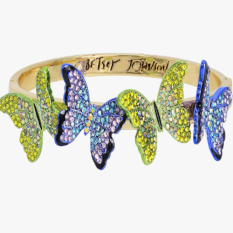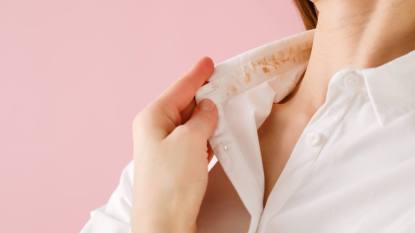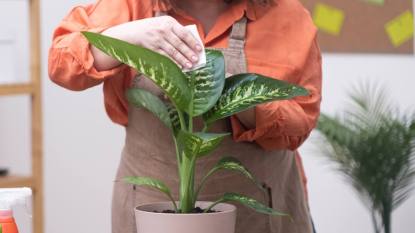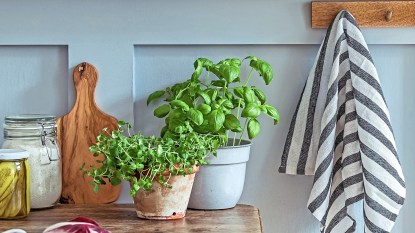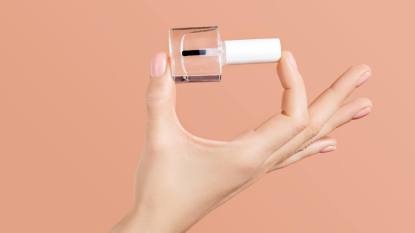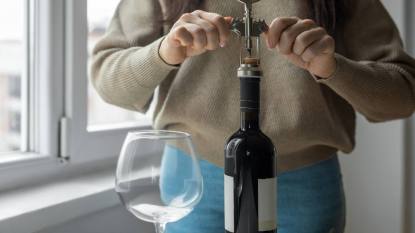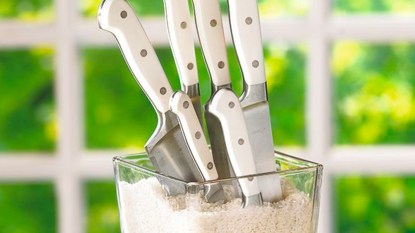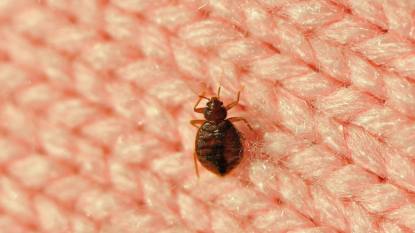The Reason You Can’t Get Rid of ‘Pink Mold’ Is That It’s Actually a Bacterium — Here’s How To Wipe It Out For Good
It's easy to get rid of the pink stuff that gathers around drains and toilets with common pantry items
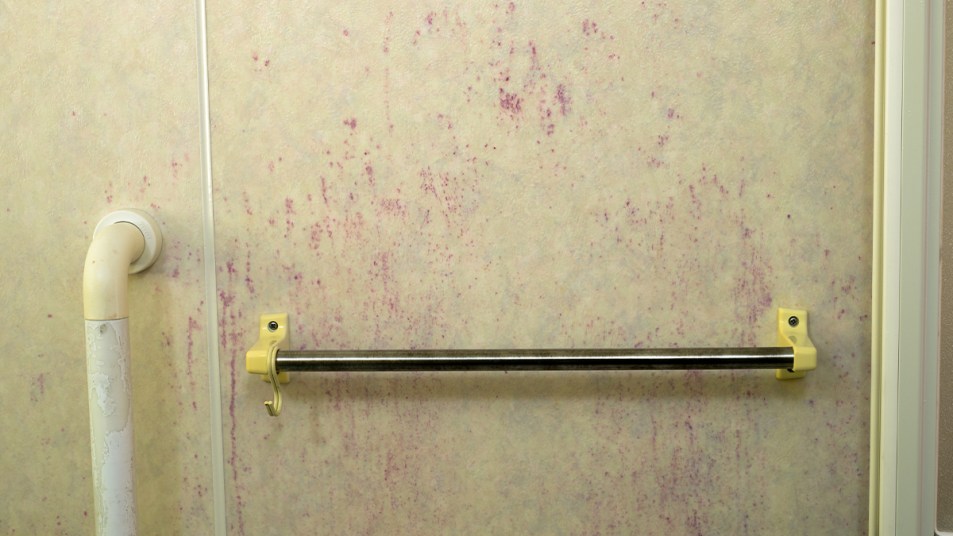
Most of us have noticed it in our bathroom at some point: We step into the shower or look into the toilet, only to discover a pink ring around the drain or spots on the wall that look eerily similar to the pink ectoplasm the ghosts left behind in the movie Ghostbusters. And, no, you haven’t been visited by a poltergeist, you just have a case of pink mold. The reason pink mold grows in bathrooms is because it loves damp environments, and it likes to “eat” fatty substances and phosphorus, two materials commonly found in soap residue, body oils and toilet surfaces. Luckily, cleaning experts reveal it’s easy to avoid and just as easy to clean.
What is pink mold?
Well, it’s not exactly mold, explains Milan Antonic, mold remediator and air quality expert for Air Purifier First. “What people commonly refer to as pink mold is actually a bacterium, called Serratia marcescens,” Antonic explains. The pink or sometimes orange-red hue you see? “That’s from a pigment called prodigiosin that the bacterium produces, and it’s particularly fond of gathering in grout, shower corners, toilet bowls, sink drains and can sometimes even be found in pet water bowls, too.”
Though it is a bacterium, Serratia marcescens is mostly harmless. While scientists are investigating whether it can trigger infections in certain immunocompromised individuals, it’s different from its bacteria cousins such as E. coli or salmonella, which are known to make people sick.
Still, the trouble with the pink stuff is it looks unsightly, and once it takes hold in your house, it can be stubborn to remove. That’s why the first line of defense is preventing it from forming in the first place.
How to prevent pink mold from forming
First, you’ll want to make sure your bathroom is not conducive to this bacteria, says professional house cleaner Muffetta Krueger of Muffetta’s Domestic Assistants who has more than 15 years of experience battling the stuff.
Besides the obvious strategy of regularly cleaning your bathroom, just follow her simple three-step process for ensuring clients’ homes stay pink-mold-free:
- Keep the area ventilated and dry: Pink mold needs dampness to thrive, so running your bathroom exhaust fan or opening a window after bathing can help keep humidity levels low. And dry off sinks, shower doors and other surfaces using a squeegee or towel.
- Flush regularly: Toilets that aren’t frequently used, like in a guest powder room, can be especially prone to pink mold, so make sure to flush them every now and then, and consider adding antibacterial tablets, like Scrubbing Bubbles Continuous Clean Drop-Ins, (Buy from Amazon, $3.69) or Clorox Bleach Toilet Tablets, (Buy from Walmart, $6.78) to the tank or bowl.
- Reduce clutter: Simply store bathroom products, makeup, etc. in cabinets and keep them off sink counters and open shelves. Not only does this help improve air flow, it also reduces dust, which the bacteria can use to feed on.
The best ways to get rid of pink mold
Alex Varela, general manager of Dallas Maids promises that bleach is a superpowered antibacterial that can help get rid of pink mold fast.
“First, scrub the area using 1 tsp. of dish soap and a scrubby sponge—this will dislodge surface dirt or grime and prime the surface; then rinse thoroughly. Next, add your undiluted bleach to a spray bottle and spray the pink mold thoroughly. Let sit for 5 minutes so it can work to kill off the bacteria, then wipe with a clean cloth.”
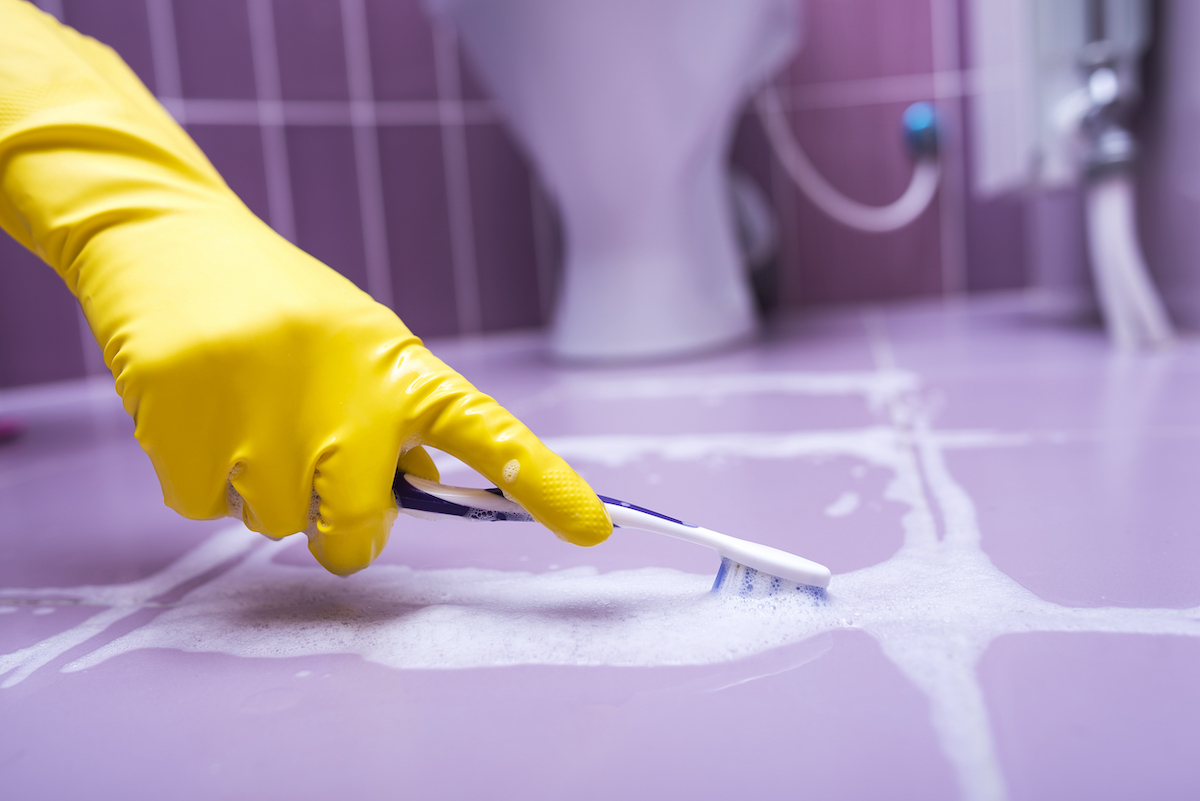
Varela adds that if pink mold is growing on your grout, it can take a little more power to eliminate. That’s because grout is porous, so bacteria can form in deeper channels. In this case, simply make a paste using equal parts bleach and baking soda, pack it over the grout and allow it to sit for 30 minutes to an hour, then scrub using a grout scrubber such as the Coastwide Professional™ 9″ Grout Brush, (Buy from Staples, $1.79) or the Scotch-Brite Gout Brush, (Buy from Target, $3.79) or a toothbrush; rinse and let dry.
No bleach? Vinegar or hydrogen peroxide can work
Bleach is not the only antibacterial powerhouse for tackling pink mold — Steve Evans, owner of Memphis Maids recommends white vinegar as another option.
“Fill a a bottle with one part white vinegar to one part dish soap. Spray the area with the pink mold, then use a stiff brush to scrub the area to really work the mixture in. Let sit for an hour before rinsing and drying, and the pink should be completely gone.”
You can also turn to your first aid cabinet to banish the bacteria, says Alessandro Gazzo, who works for Emily’s Maids.
“First, use a squirt of dish soap and bit of hot water to scrub the area and get rid of surface dirt. Then spray with undiluted 3% hydrogen peroxide, let sit for 15 minutes and rinse. Hydrogen peroxide kills bacteria and pathogens—that’s why it’s used as a first aid tool — and will work just as well on the bacteria that forms pink mold.” Gazzo adds that hydrogen peroxide also makes an effective preventive: Simply spray it over your shower, sink and other “pink-prone” surfaces after each use.
Want another easy method? Watch this YouTube video to see how baking soda and petroleum jelly do this trick!
Looking for more ways to clean mold in your bathroom? Click through these links:
The Strange Sign From Your Toilet That You May Have Diabetes
Remove Mold and Mildew From Bathroom Corner Tiles With Toilet Paper
5 Easy Bathroom Cleaning Hacks to Remove Mildew, Stop Soap Scum, and More
Lindsay Bosslett is currently associate vice president and managing editor for Health Monitor Network, a patient-education print and digital publishing company. In her role there, she oversees a staff of editors and freelance writers, as well as the production of guides and magazines designed to help both patients and healthcare providers in the ever-changing point-of-care space. As a regular writer for both Woman’s World’s Organized column and First for Women’s Life Smarts page, she delivers practical, creative tips to help women make their lives easier. In her free time, Lindsay enjoys reading, hiking, gardening and attending taco festivals. She lives with her husband, two dogs and lots of bears in a little house on a hill in West Milford, N.J.

